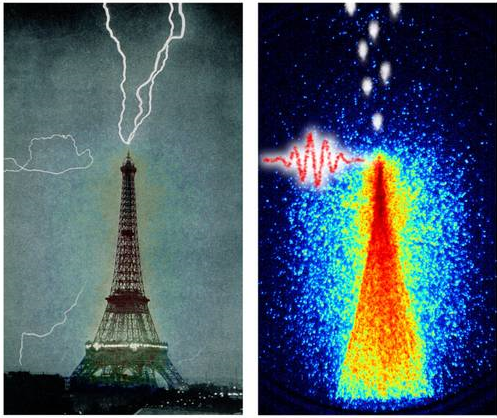Christoph Lienau is a professor in experimental physics at the University of Oldenburg. After receiving a PhD in physical chemistry in G?ttingen, he worked as a postdoc with Ahmed H. Zewail at Caltech, studying femtosecond dynamics in solution. In 1995, he became a scientific staff member of of the newly founded Max Born Institute in the department of Thomas Els?sser. Here, he initiated a research activity in "ultrafast nano-optics", combining low-temperature and ultrafast near-field spectroscopy and their applications to nano-spectroscopy. In 2006, he became a full professor in physics in Oldenburg. He has published more than 200 ublications in refereed international journals and has given more than 150 invited and plenary talks at major international conferences. He holds 5 patents. He is a Fellow of the Optical Society of America and a Visiting Fellow of the Chinese Academy of Science. He has been acting as Chair of the semiconductor physics division of the German Physical Society until 2017 and is now serving as Dean of the Faculty of Mathematics and Natural Sciences in Oldenburg. His research interests are in ultrafast, nano and quantum optics.
Probing and manipulating the motion of electrons in complex solid state, molecular or biological nanostructures in real time is a fundamental challenge in contemporary physics. The experimental methods that can visualize these complex processes, in particular time-resolved light-, x-ray and electron microscopy, are currently undergoing an extremely rapid development. In my talk, I will present recent experimental progress achieved in Oldenburg in this direction. Specifically, I will discuss the role of quantum coherence for ultrafast charge separation processes in organic solar cells [1-3] and how it might become possible to efficiently switch plasmonic wave packets in metallic nanostructures on ultrafast time time scales [4-7]. Finally, I want to describe some new experimental approaches for ultrahigh space- and time-resolution light and electron microscopy [8]. I will report on recent experiments combining plasmonics and strong field photoemission to generate ultrashort, sub-cycle electron pulses from sharp metal tapers [9-11]. A first implementation of these sources in an ultrafast point-projection electron microscopy will be discussed [12].
[1] S. M. Falke et al. Science 344, 1001 (2014).
[2] C. A. Rozzi et al., Nature Comm. 4, 1602 (2013).
[3] A. De Sio et al., Nature Comm. 7 13742 (2016).
[4] A. De Sio and C. Lienau, Phys. Chem. Chem. Phys. 19, 18813 (2017)
[5] P. Vasa et al., Nature Photon. 7, 128 (2013).
[6] P. Vasa et al., Phys. Rev. Lett. 114, 036802 (2015).
[7] J.-M. Yi et al., ACS Photon. 4, 347 (2017).
[8] P. Gross et al., Advances in Physics X 1, 297 (2016).
[9] B. Piglosiewicz et al., Nature Photon. 8, 37 (2014).
[10] J. Vogelsang et al., Nano Lett. 15, 4685 (2015).
[11] G. Hergert et al., Nature Light: Science and Advances, in press (2017).
[12] J. Vogelsang et al., submitted (2017).
